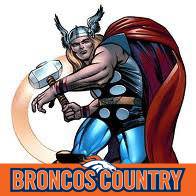Circling Lake Superior, clockwise, from Sault Ste Marie, Michigan, which states or provinces will you transit?
Lake Superior is the largest of the Great Lakes and is also the farthest west. Its waters descend through the Sault Rapids to the St. Mary's River that separates the cities of Sault Ste Marie, Ontario, and Sault Ste Marie, Michigan. The river in turn flows into Lake Huron. The native Ojibwe knew it as "Gichigami," meaning "Great Sea."
By surface area, Lake Superior is the largest body of freshwater in the world and the third largest by volume.
Leaving Sault Ste Marie, Michigan, the drive will take you across the Upper Peninsula of Michigan through parts of Northern Wisconsin, Northern Minnesota, and the Canadian Province of Ontario. From Sault Ste Marie, Ontario, an International Bridge will take you back to Sault Ste Marie, Michigan. The drive can also be made counter-clockwise, starting in Ontario and moving south back to the Upper Peninsula and east to Sault Ste Marie.
Unless travelers are extremely adventurous, they should not try the trip in winter! In warmer months it is a beautifully scenic drive. It takes about three days as the drive is about 1200 miles long with plenty of places to enjoy nature or picnic. Cities along the route include Marquette, Michigan, Duluth, Minnesota, and Thunder Bay, Ontario, and--of course--Sault Ste Marie, both Ontario and Michigan.
A popular attraction is the Soo Locks on the U.S. side at Sault Ste Marie. These are important for commerce between Lake Superior and the lower Great Lakes. A fifth lock is in Canada.
More Info:
en.wikipedia.org




